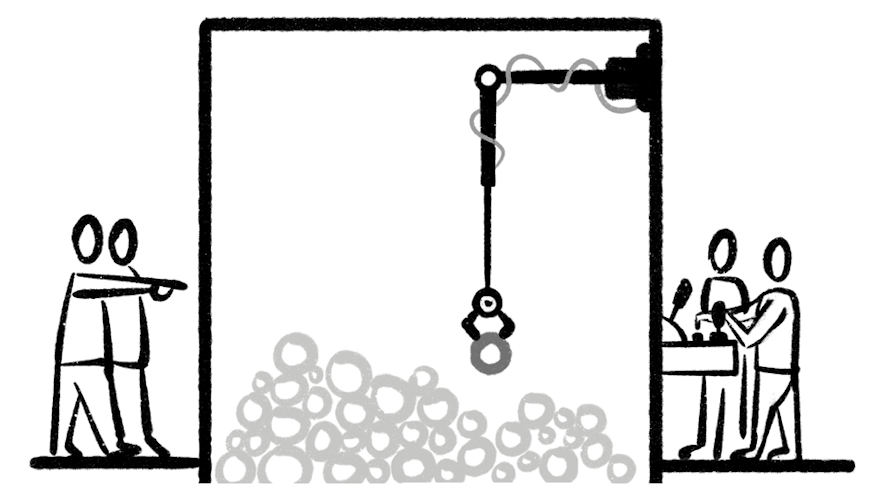ON WHAT are we doing advocacy in our country/region/local community?

To be an activist is to speak. To be an advocate is to listen.
Society can’t move forward without both”
- Eva Lewis
In this section you will explore:
- What is the advocacy process?
- How to define what to advocate for in the youth work field within your country, region, or local community?
- How to develop an advocacy plan that leads to systemic changes in the youth work field within your country, region, or local community?
Advocacy empowers organisations and individuals to articulate their needs, voice their concerns, shape policy decisions, and foster meaningful change at the local, regional, national, and European levels. Advocacy for youth work development and recognition refers to efforts and activities aimed at recognizing and improving youth work as a field. This encompasses a range of initiatives, policies, and practices designed to support the professional development of youth workers, enhance the quality of services provided to young people, and ensure that youth work is recognized and valued in society. The focus of your advocacy process will depend on several factors, but one key consideration could be the level of development of the youth work architecture in your country, region, or community.
Before we delve into defining what we want to advocate for in relation to youth work recognition and development, let's first determine whether advocacy (process) is the right approach for you and your specific vision for change in the youth work field.
 What is an advocacy process?
What is an advocacy process?
There are many definitions of advocacy, and we won’t list them here. However, the common thread among all of them is that advocacy brings together groups and individuals who aim to encourage, design, implement, and change policies and behaviors within institutions where decisions that impact their community are made.
At this stage, it is crucial for us to differentiate between the terms "advocating" and "advocacy." People often confuse advocating (supporting something) with advocacy (the process).
- Advocating (supporting something) - refers to specific actions or instances of support. It can be, but doesn’t necessarily need to be, in the public interest. You can stand for your own interests (individual, organizational etc).
- Advocacy (process) - refers to the broader, ongoing effort or commitment to a cause. It includes a range of actions and strategies that are in the public interest and aim to lead to policy changes (ad-voc-acy = giving a voice to someone).
Advocating refers to the actions you take (short-term activities), while advocacy is the structured practice or process within which those actions occur.
Advocacy is: → a set of targeted actions → aimed at decision makers → with the intention of diverting the community's attention to the important topic/problem and → encouraging decision-makers to choose effective solutions. It’s based on values (fighting for the right thing).
There are three types of advocacy processes:
- Advocacy for the people
- Advocacy with the people
- Advocacy by the people
Which type you choose depends on your specific goal.
